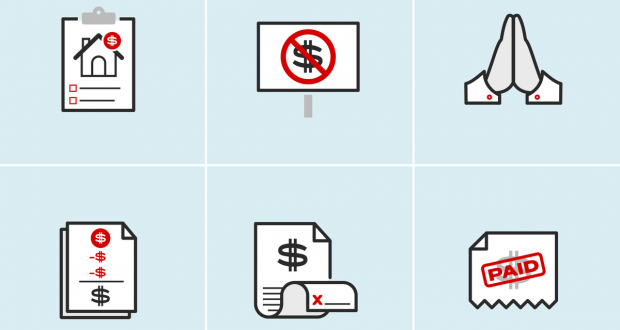The state of Texas is great for businesses and consumers. Homeowners, however, have property taxes assessed slightly higher than other states in the nation. Here’s what you need to know about how Texas assesses property taxes.
Tax Rate
Not every location in Texas pays the same property tax rate. There are a variety of factors that affect the tax rate. The most common contributors include the school district, city, county, emergency services and utility providers. Some new subdivisions have utility taxes such as municipal utility districts and water improvement and control districts that increase the tax rate for specific residential communities. The combined total of all the taxes in a given area equals the tax rate for the home. For example, the average home in Travis County has a 1.80% tax rate. A subdivision within the county pays up to 2.98% due to a MUD or WCID. A property attorney Austin TX can provide further guidance on tax rates.
Assessed Value
The tax rate applies to the assessed value of the home. The assessed value does not necessarily match the market value of the home. Typically, the county appraisal district sends out a letter with the estimated property tax for a home in the late spring. Homeowners then receive the official property tax letter from the appraisal district in the mid-fall. The time in between allows homeowners to appeal their property taxes.
Available Exemptions
There are a few exemptions homeowners can qualify for to lower their property tax amount. The most common is the homestead exemption available the first full year the homeowner owns and lives in the home. This only applies to the principal residence of a homeowner. Other common exemptions include those over 65, veterans, charitable organizations, disabled persons and solar and wind-powered energy device. These exemptions apply to school districts across all counties but other taxing entities have the option of offering them.
 Blog For Noob Random thought of a Noob Blogger
Blog For Noob Random thought of a Noob Blogger









